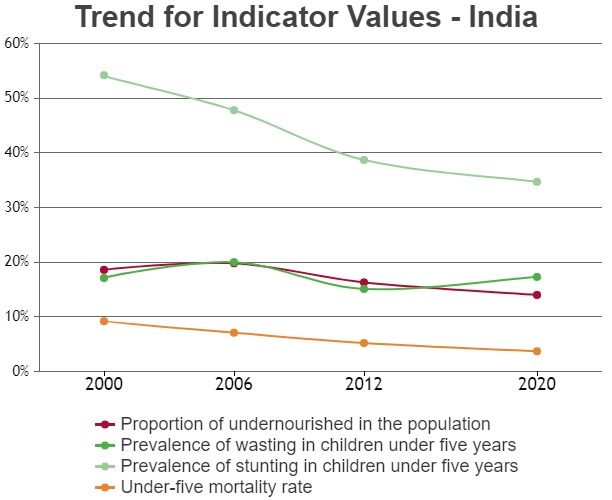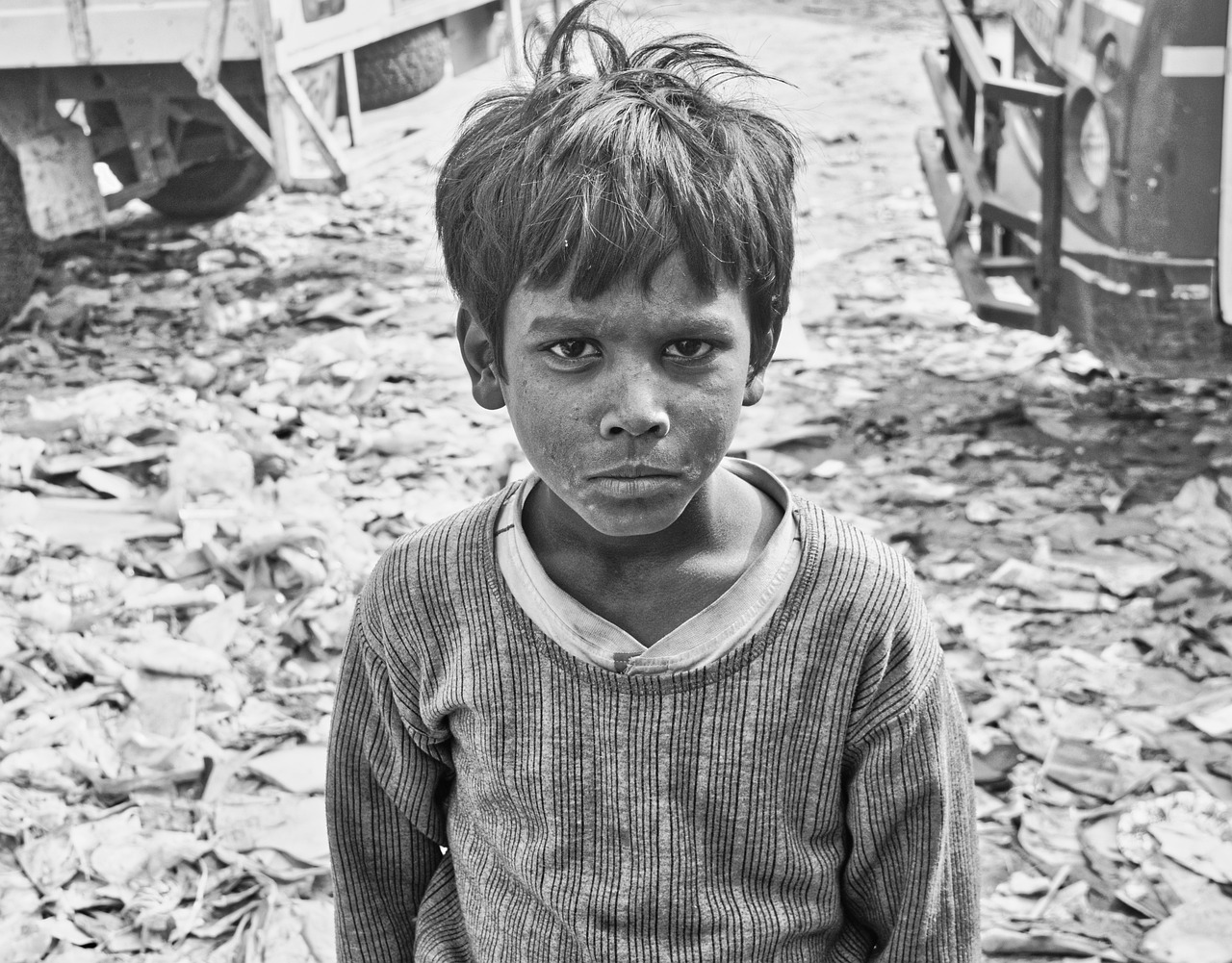Waste and Want: 50 kg of food a person wasted every year, while 14% Indians malnourished
According to the ministry of consumer affairs, food and public distribution, between 2017 and 2020, 11,520 tonnes of food grains stored in government godowns rotted. The Hunger Watch survey in December 2020 said 27% of Indians often went to bed hungry during the COVID-19 lockdown.


The hunger situation in India is alarming. Photo: Pixabay
India, where about 14 per cent of the population (about 169.4 million people as per the 2011 Census) is malnourished, has also been annually wasting 50 kilogrammes (kg) of cooked food a person. The country ranks 94 among 107 countries in the Global Hunger Index. Despite this grave hunger, 11,520 tonnes of food grains were wasted in the past four years due to poor maintenance.
As per the UN Environment Programme (UNEP) report, UN Food Waste Index Report 2021, globally, the average annual wastage is 121 kg a person. Of this, the share of food wasted in domestic households is 74 kg. The report was released at a time when, due to COVID-19, the government, despite all its food schemes, is struggling to feed the large population.

Among south Asian countries, the highest amount of food is wasted in Afghanistan (82 kg per person per annum) followed by Nepal at 79 kg, Sri Lanka at 76 kg, Pakistan at 74 kg and Bangladesh at 65 kg. India is at the bottom in terms of food wastage.
Wastage of food grains too
Replying to a question in the Lok Sabha on February 2 this year, the ministry of consumer affairs, food and public distribution stated that 11,520 tonnes of food grains had rotted between 2017 and 2020 in various godowns of Food Corporation of India (FCI), resulting in a loss of about Rs 150 million.
India’s score in the Global Hunger Index 2020 is 27.2, which means the hunger situation in India is alarming. India stands 94th in the index, and lags behind neighbouring nations that are considered relatively weak — Pakistan (88), Nepal (73), Bangladesh (45) and Indonesia (70).
China tops the Hunger Index with 16 other countries. The hunger situation in Sri Lanka and Myanmar is also better than India. India fares better than only 13 countries — including Rwanda, Nigeria, Afghanistan, Libya, Mozambique and Chad. India ranked 102 among 117 countries in 2019.

The stunting rate among children — where the height falls short of the average for their age — in India is 37.4 per cent. A report by the United Nations’ Food and Agriculture Organization (FAO), says that in 2019, about 690 million people world wide starved. The number of starving people increased drastically during the COVID-19 pandemic, the Food Waste Index report revealed. “Three billion people did not get nutritious food. In view of this, people should reduce the wastage of food in their homes,” said the report.
Lockdown and hunger
During the lockdown imposed in the country to prevent the spread of COVID-19, large sections of the population faced food problems, especially in rural India. A survey by Gaon Connection, to gauge the impact of the pandemic showed 68 per cent of villagers in the country admitted to facing acute shortage of food during the lockdown.
These rural households often went hungry. Also, 76 per cent of poor households suffered acutely in arranging food during the lockdown, while in lower class rural households, the figure was 68 per cent, much higher than the rich and middle class families. Horrific accounts of hunger deaths were also reported during the lockdown. In Jharkhand, a five-year-old girl child passed away. Reports said she had not eaten for two days before she died.

In December 2020, the Hunger Watch report of the Right to Food Foundation revealed that many families had to sleep hungry during lockdown. It said that since 2015, about 100 people had died in the country due to starvation.
The Hunger Watch survey conducted between last September and October among 3,994 people, claimed that during lockdown, about 27 per cent Indians went hungry numerous nights. It also said about 71 per cent of the people missed out on nutrition, 40 per cent ate very poor quality food, and about two-thirds of the respondents had seen food quantities reduce. This happened despite the government giving free ration to 800 million people for three months.

Reason for grain wastage
Nikhil Dey, food rights activist and founder of the Mazdoor Kisan Shakti Sangathan, told Gaon Connection that as far as the UN Food Waste Index Report 2021 is concerned, the average annual cooked food wastage of 50 kg per person “is from rich households or parties. If the poor in the villages do not have enough to eat, how can they possibly waste food?”
More food is wasted in Western countries, where homes have access to money and food. “Now, their culture of wasting food has found its way into our country too. That said, food grains rotting in godowns is an offence, especially when millions of people sleep hungry,” Dey added.
Production, processing and consumption need to be taken care of, Dey said. “If we have godowns full of food grains and still have citizens sleeping hungry, it is a crime. Why are the grains being stored?” he asked.

